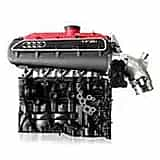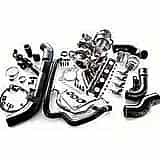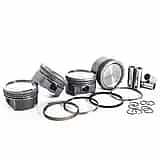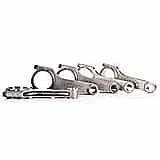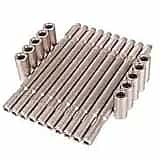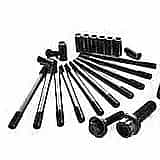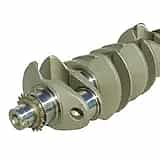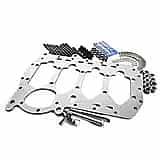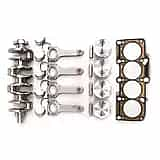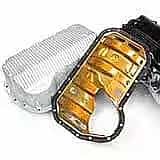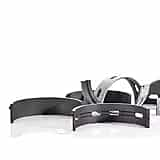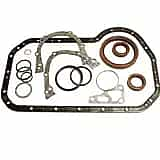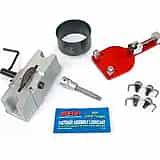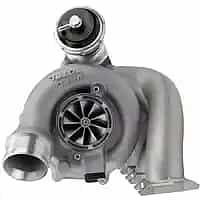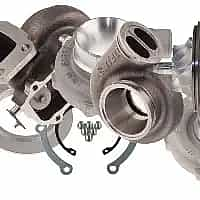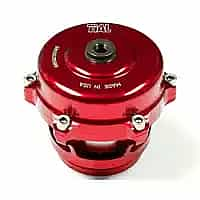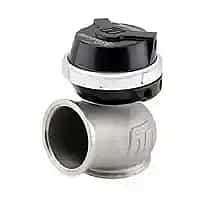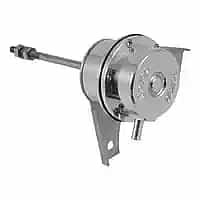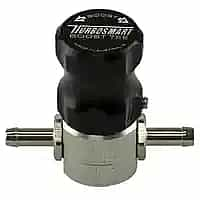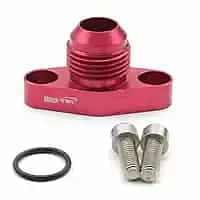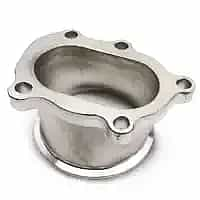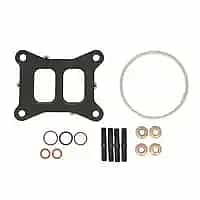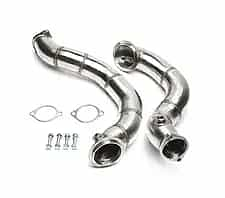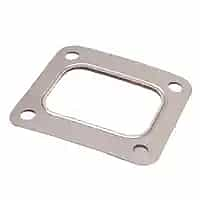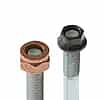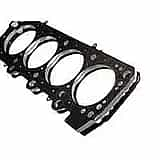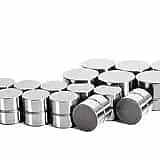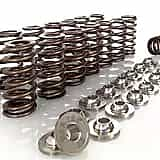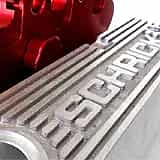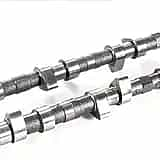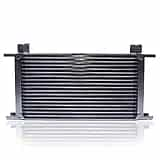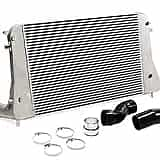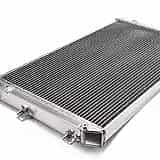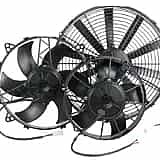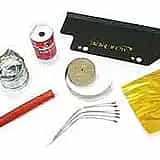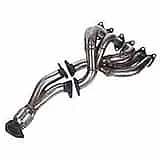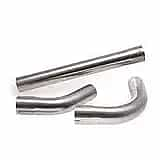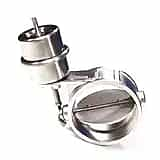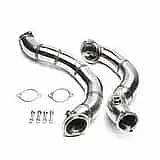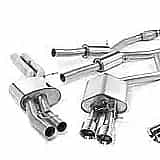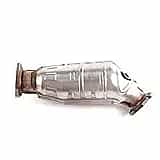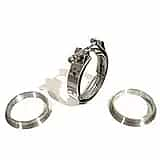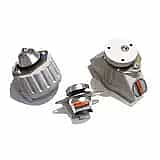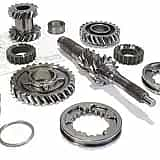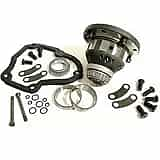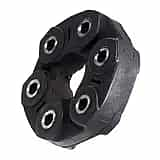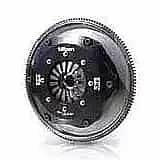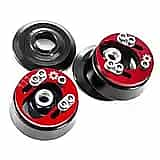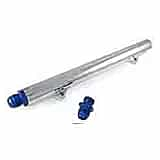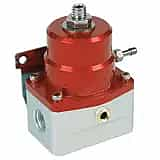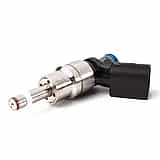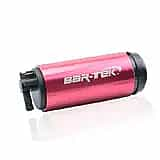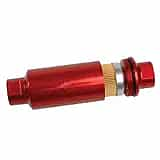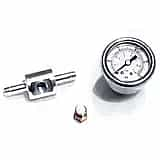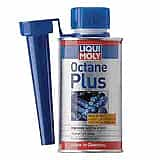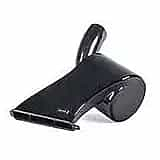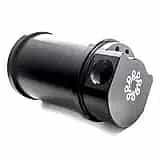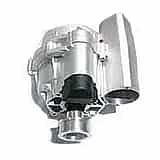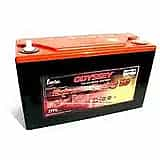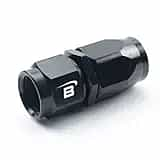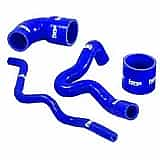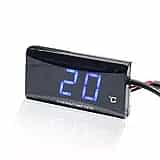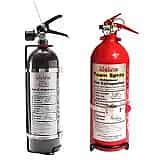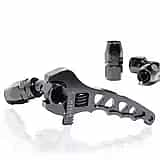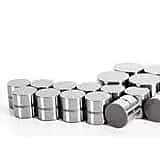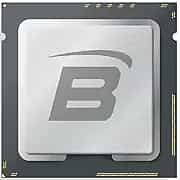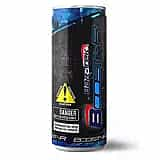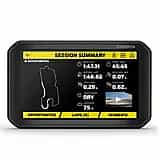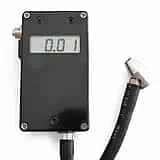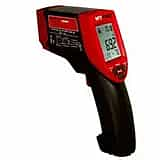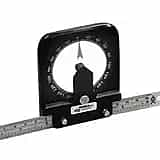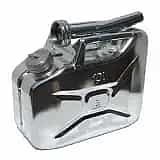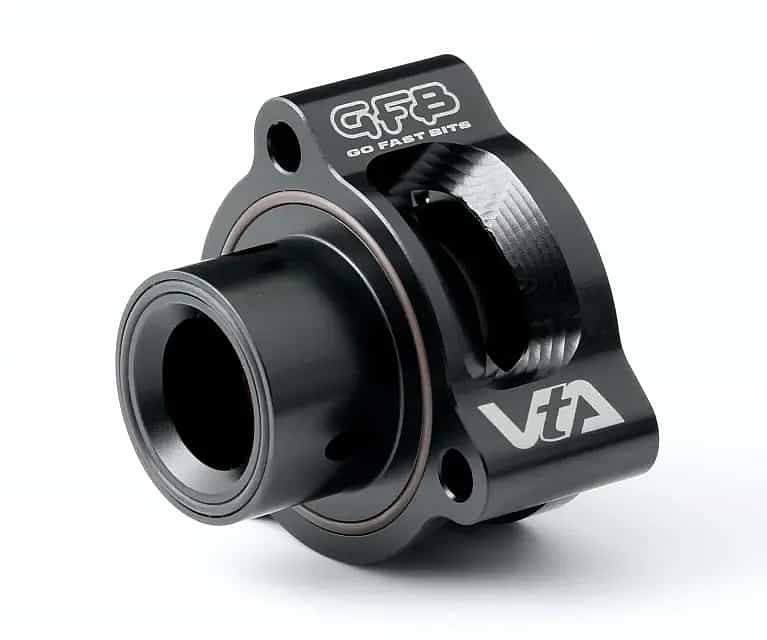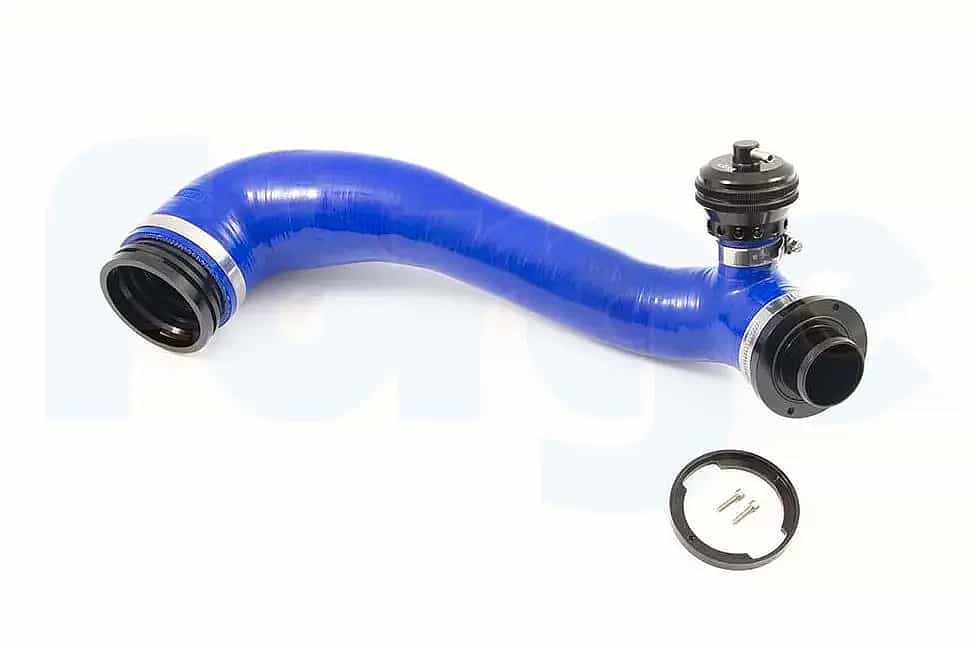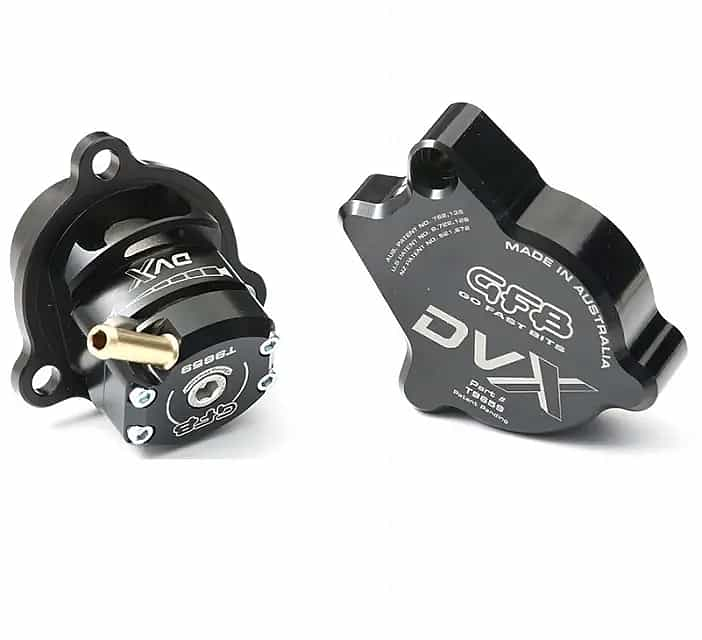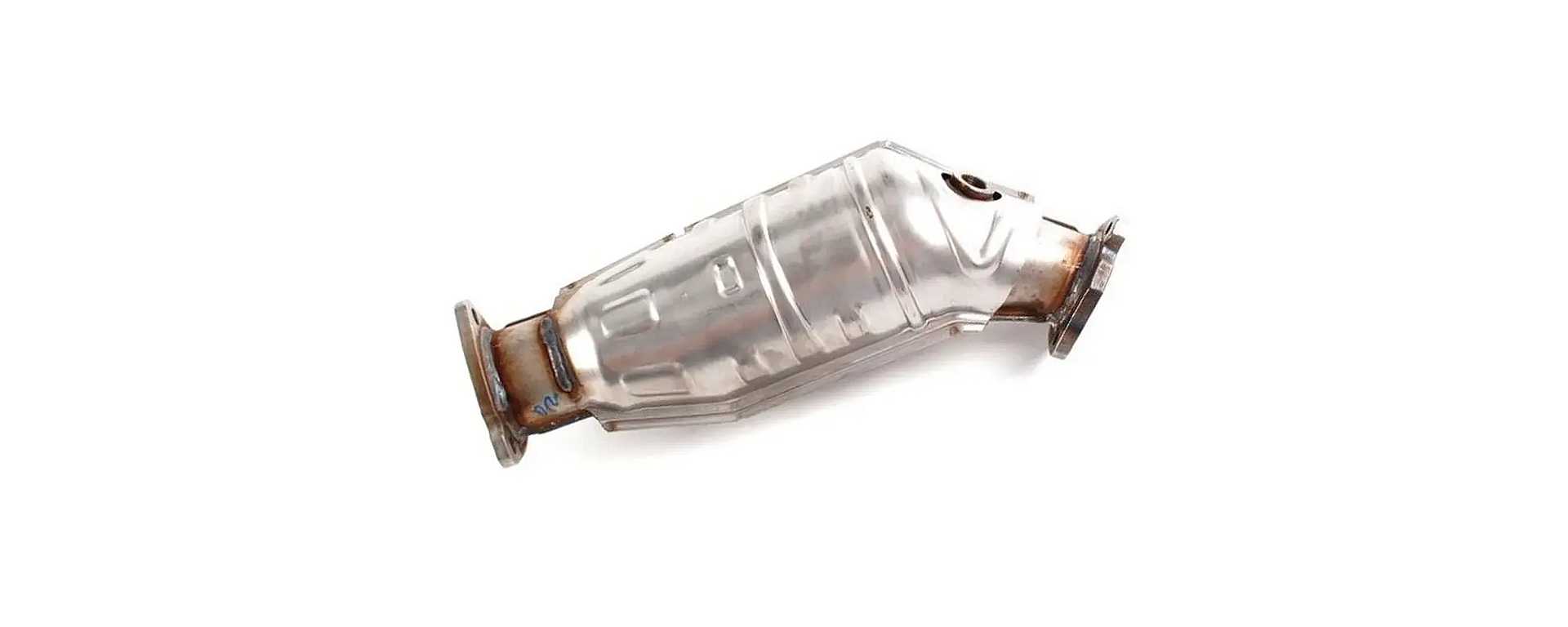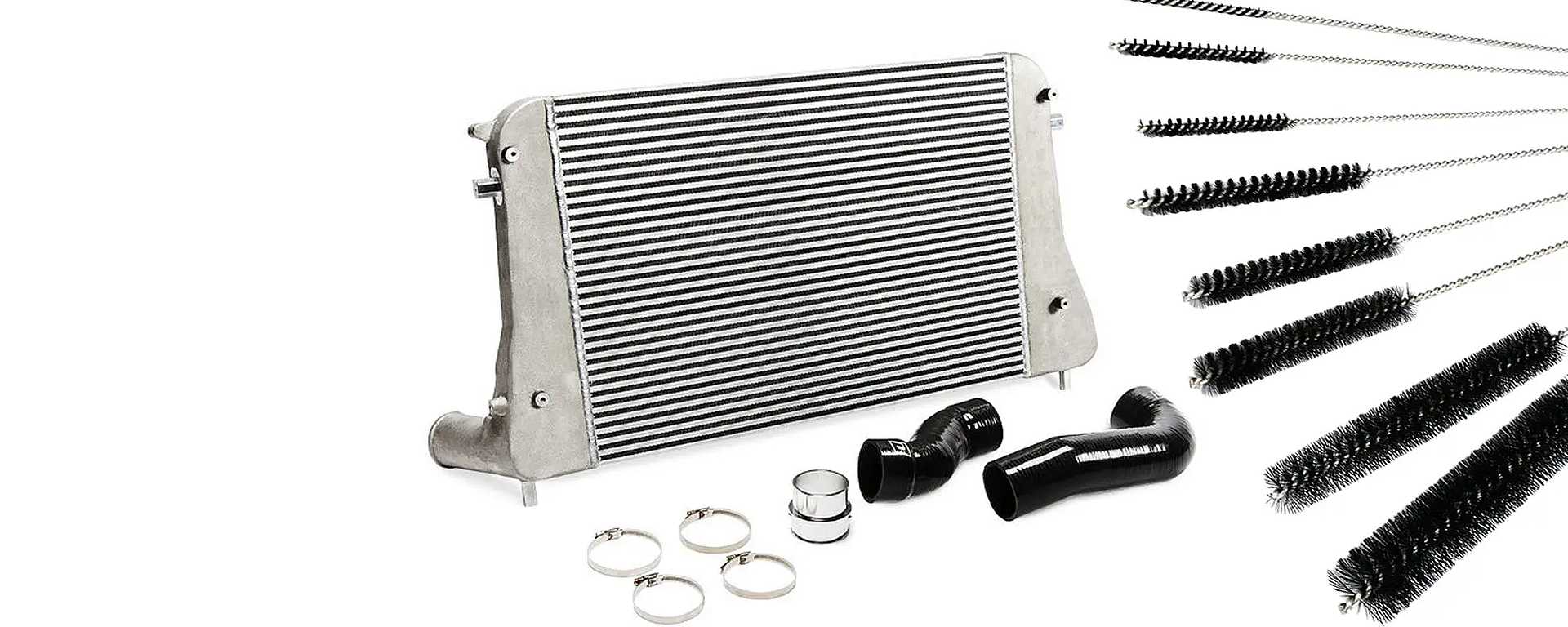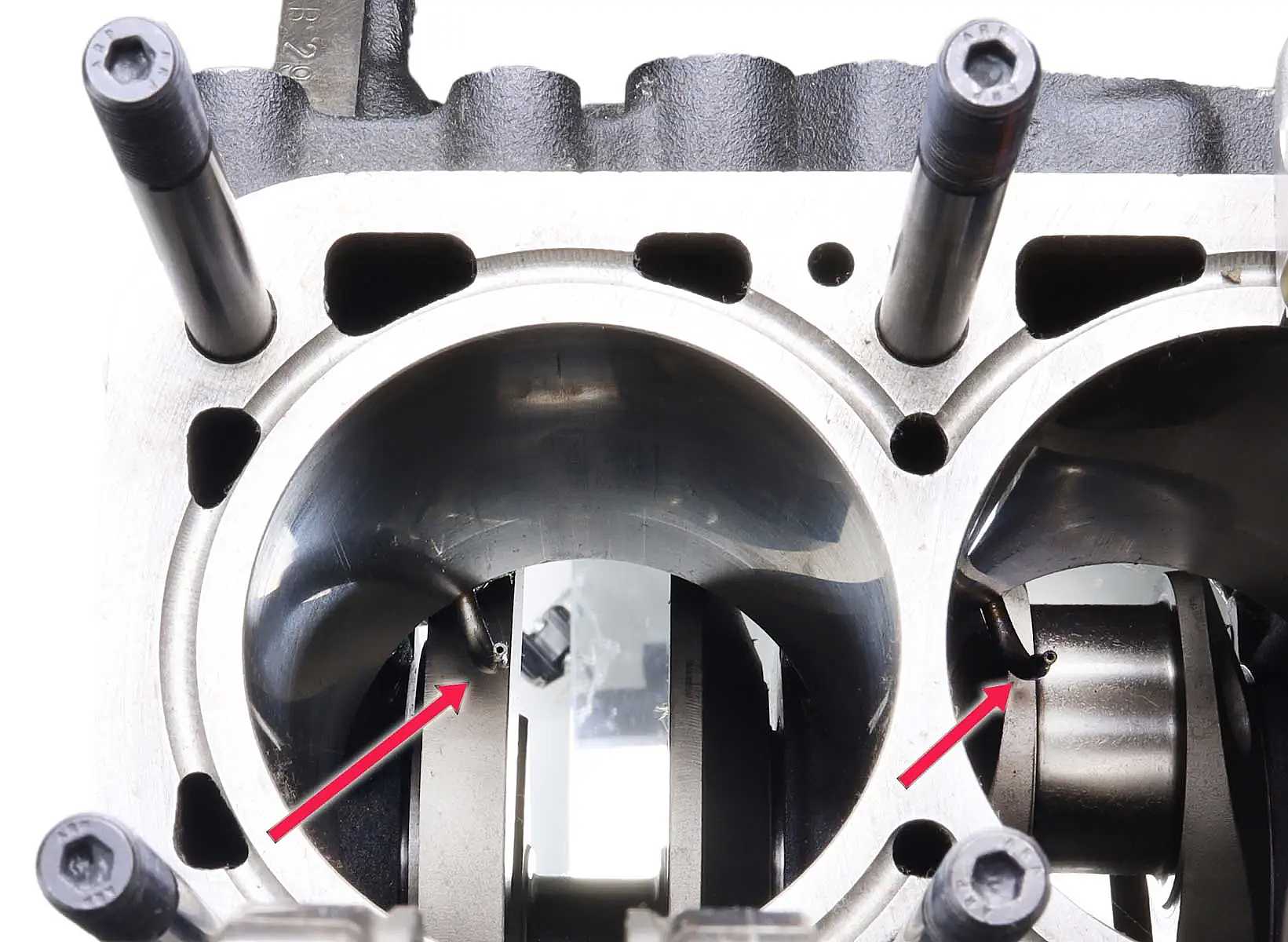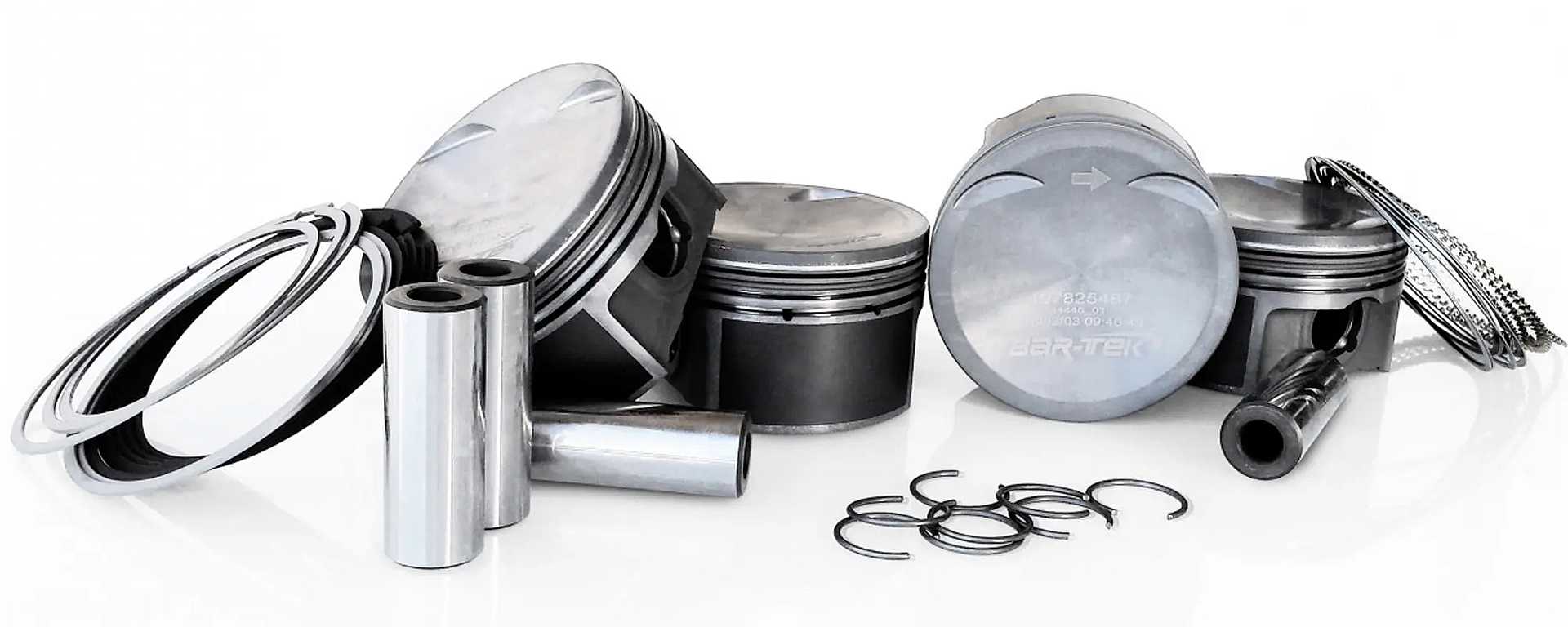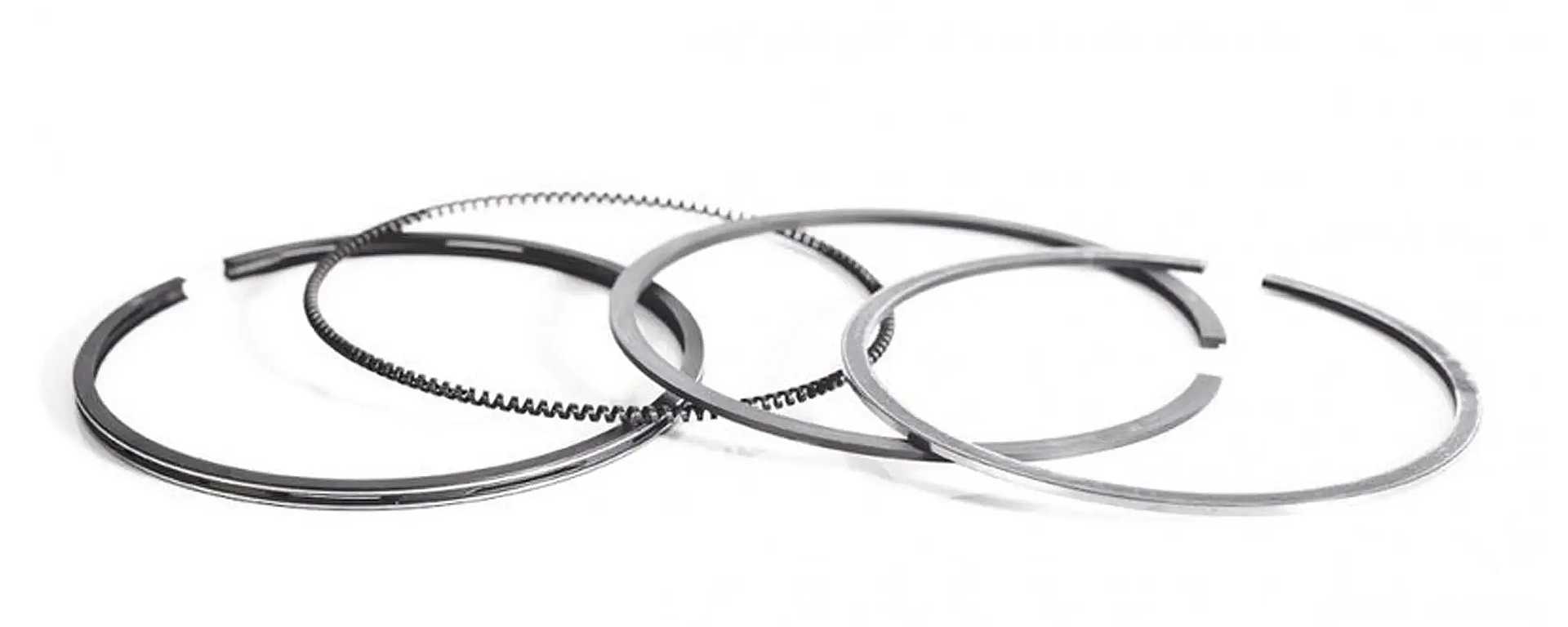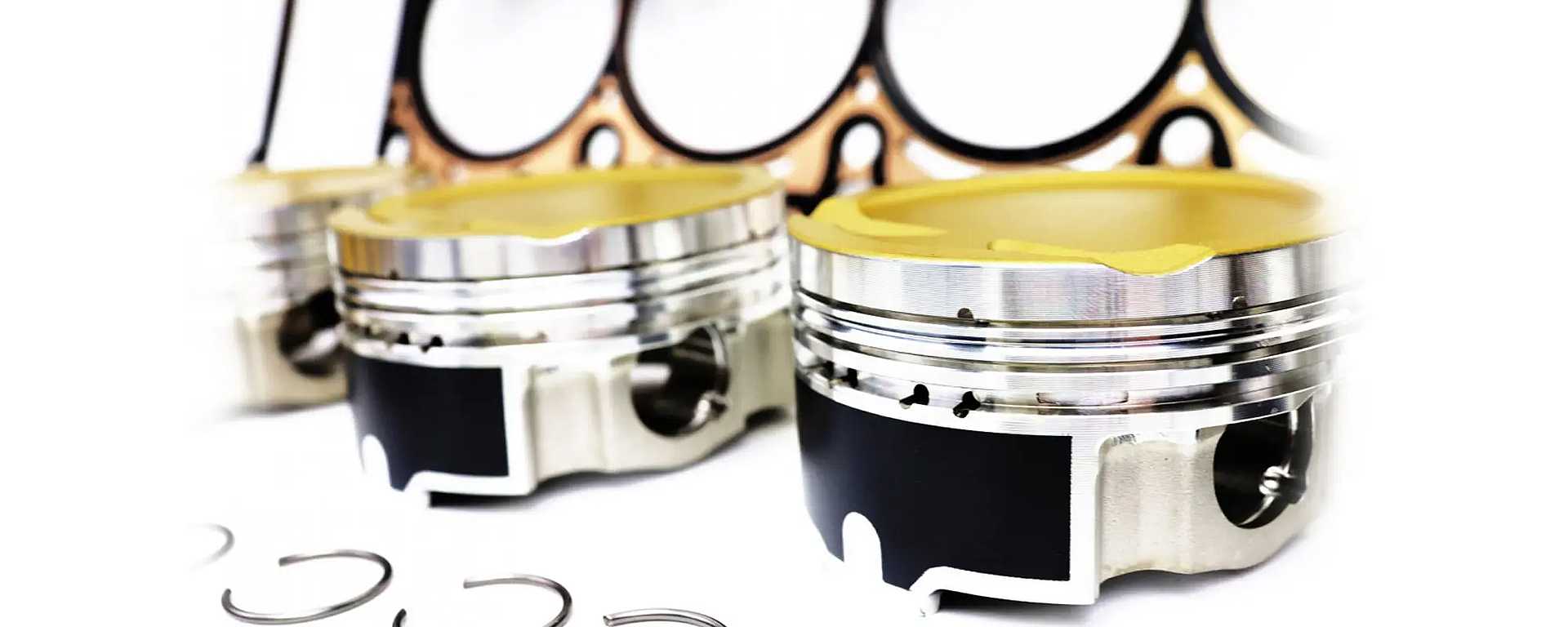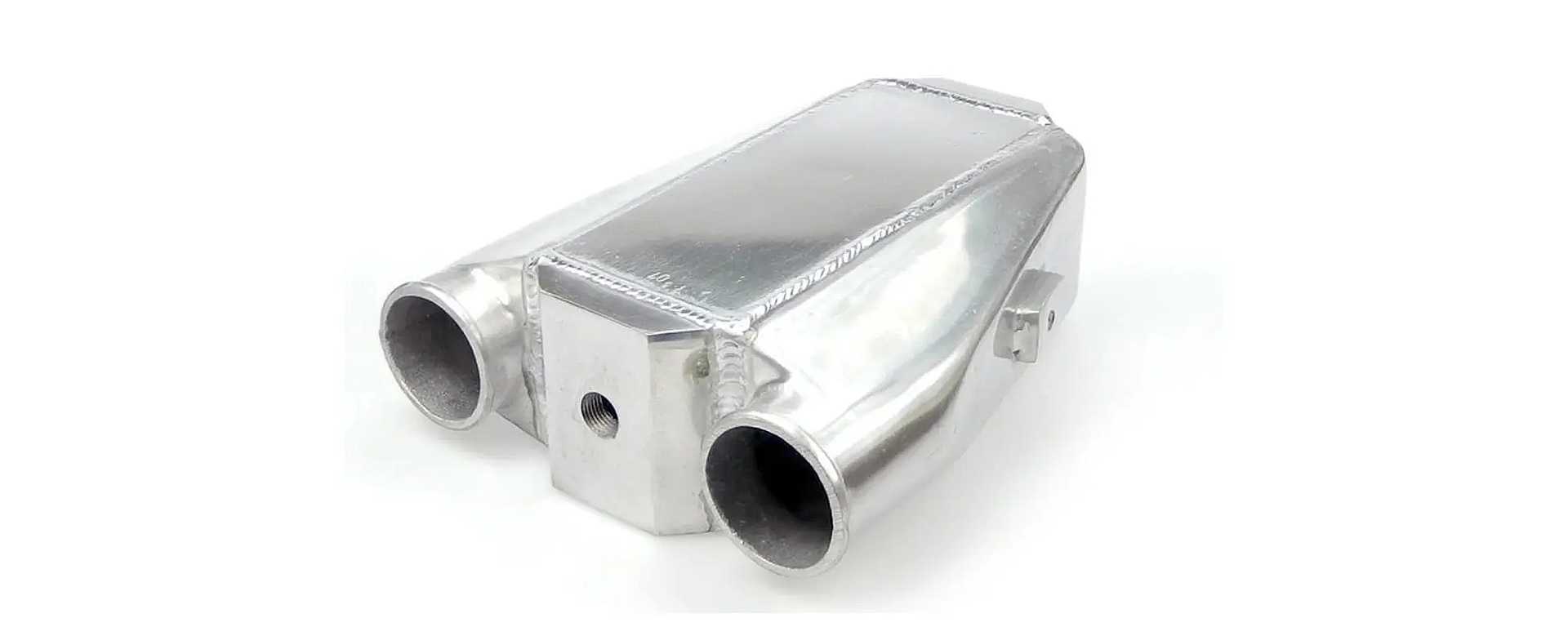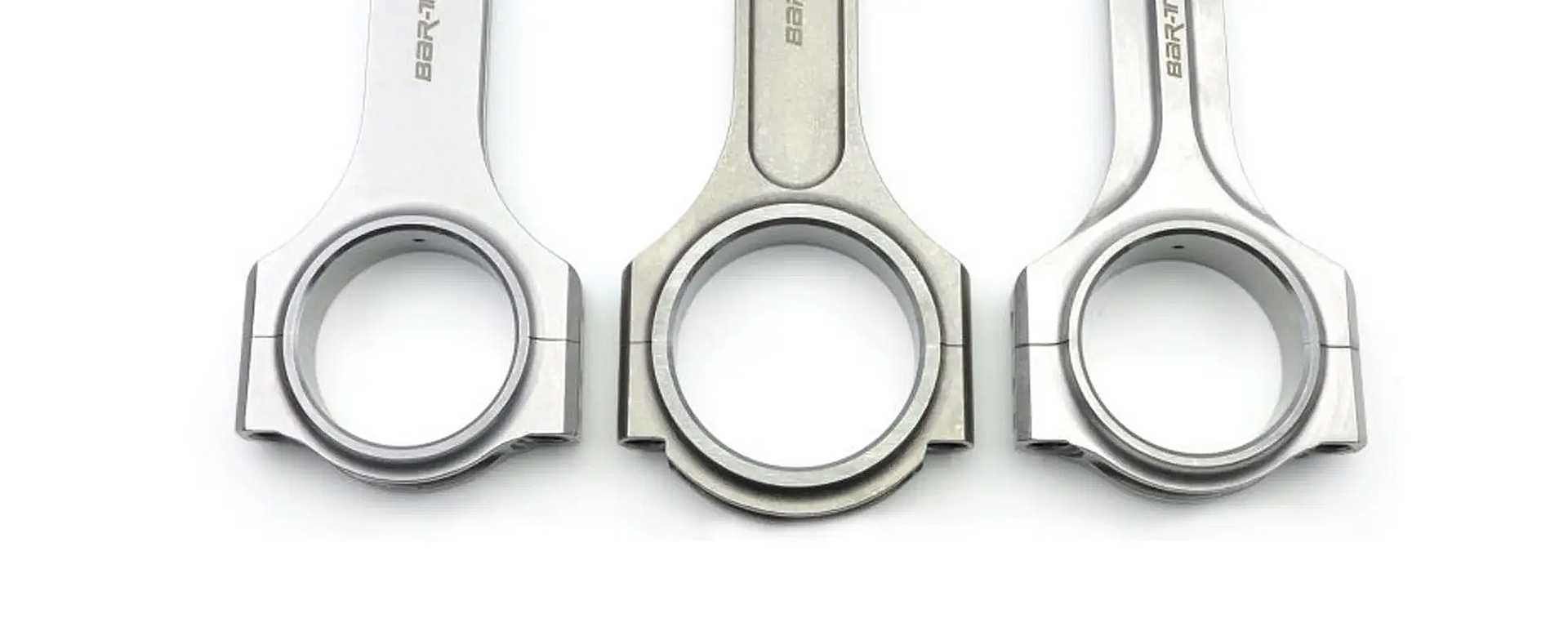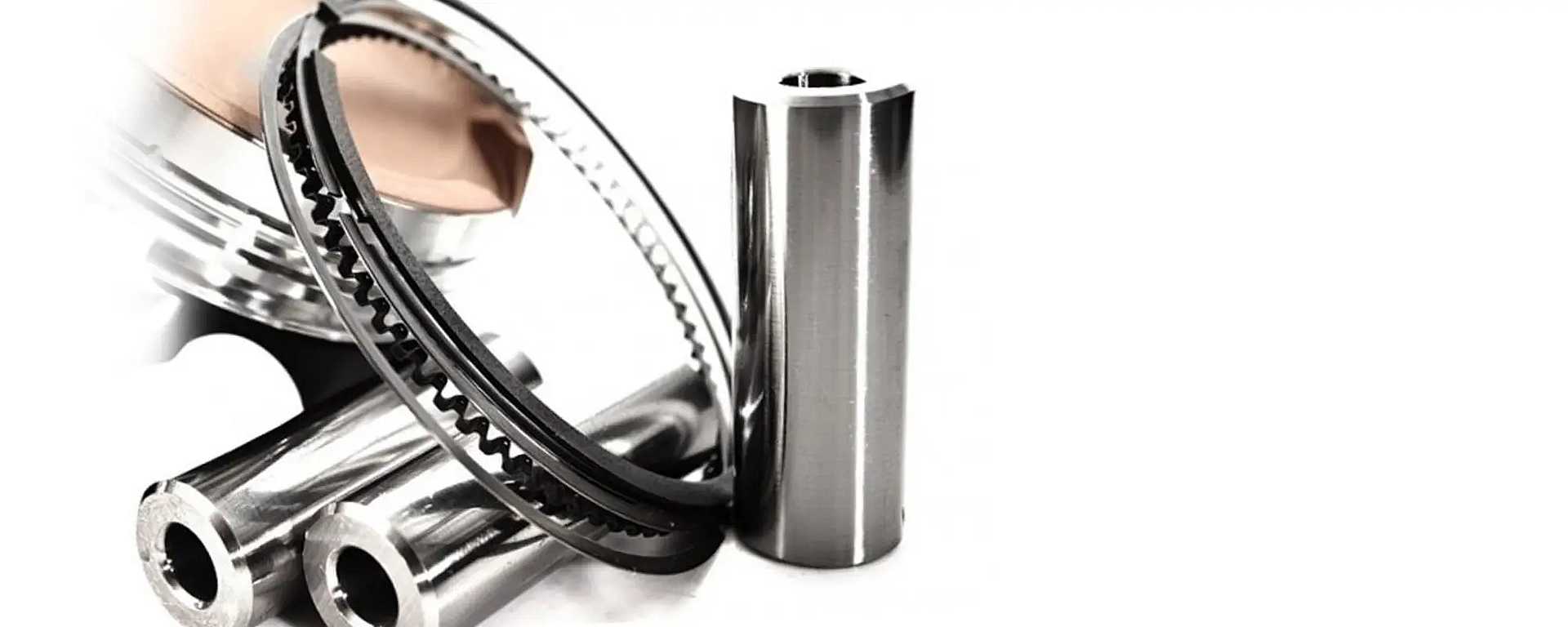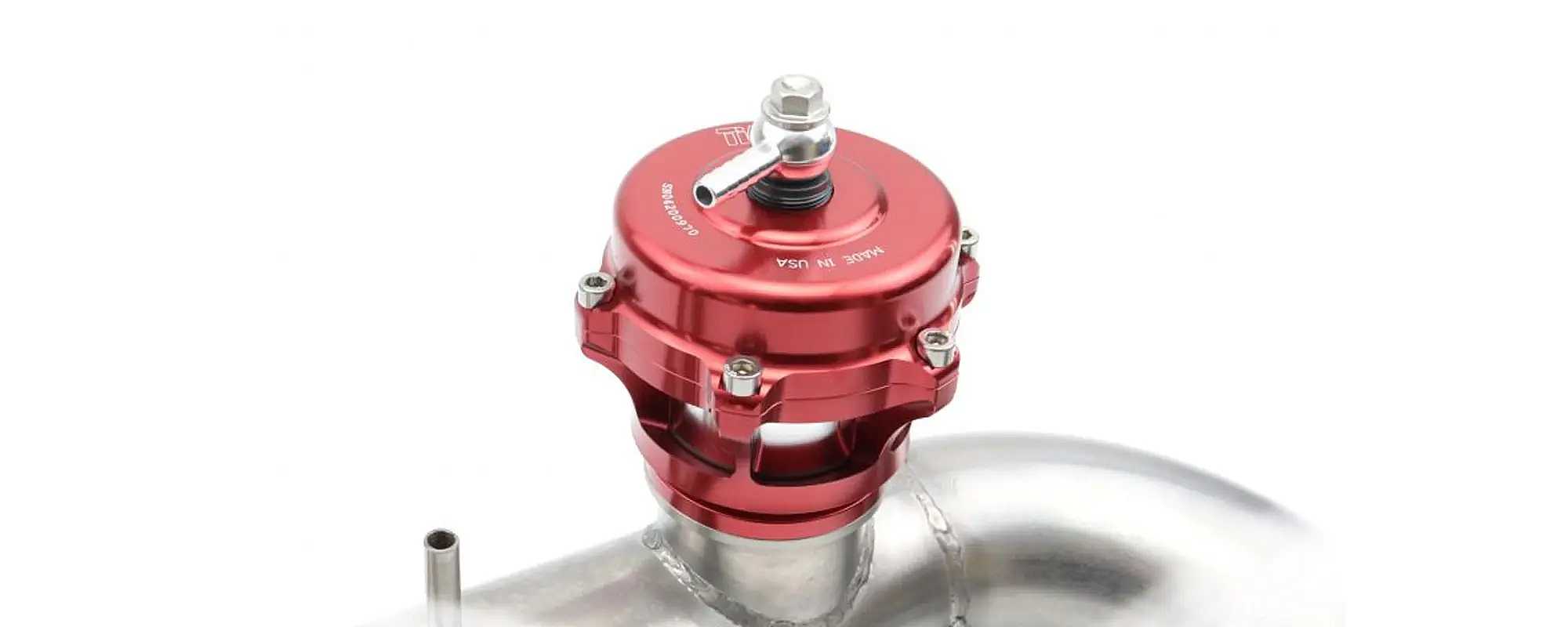

All about Blow Off valves
Pop off valve, Blow off valve, Pop off – everything you need to know about it
Blow Off Valve, Pop Off Valve, Drain Valve: The pop off valve not only has many names, but is certainly also part of many tuning dreams. The small component is mainly known and loved for its very special hissing sound, which you surely know. In this article, you'll find out what the different systems are all about, what the pop off valve actually is, how it prevents turbo lag and much more.
- 1. What is the blow off valve?
- 2. What is the blow off valve used for?
- 3. Closed or open system on the blow off valve?
- 4. Upgrade blow off valve - most popular engines and models
- 5. Upgrade Pop Off Valve - advantages
- 6. What makes the retrofitted pop off valve different?
- 7. What is there to consider with the pop off valve?
- 8. How do you install a blow off valve?
- 9. What you need to know about the approval
- 10. Conclusion
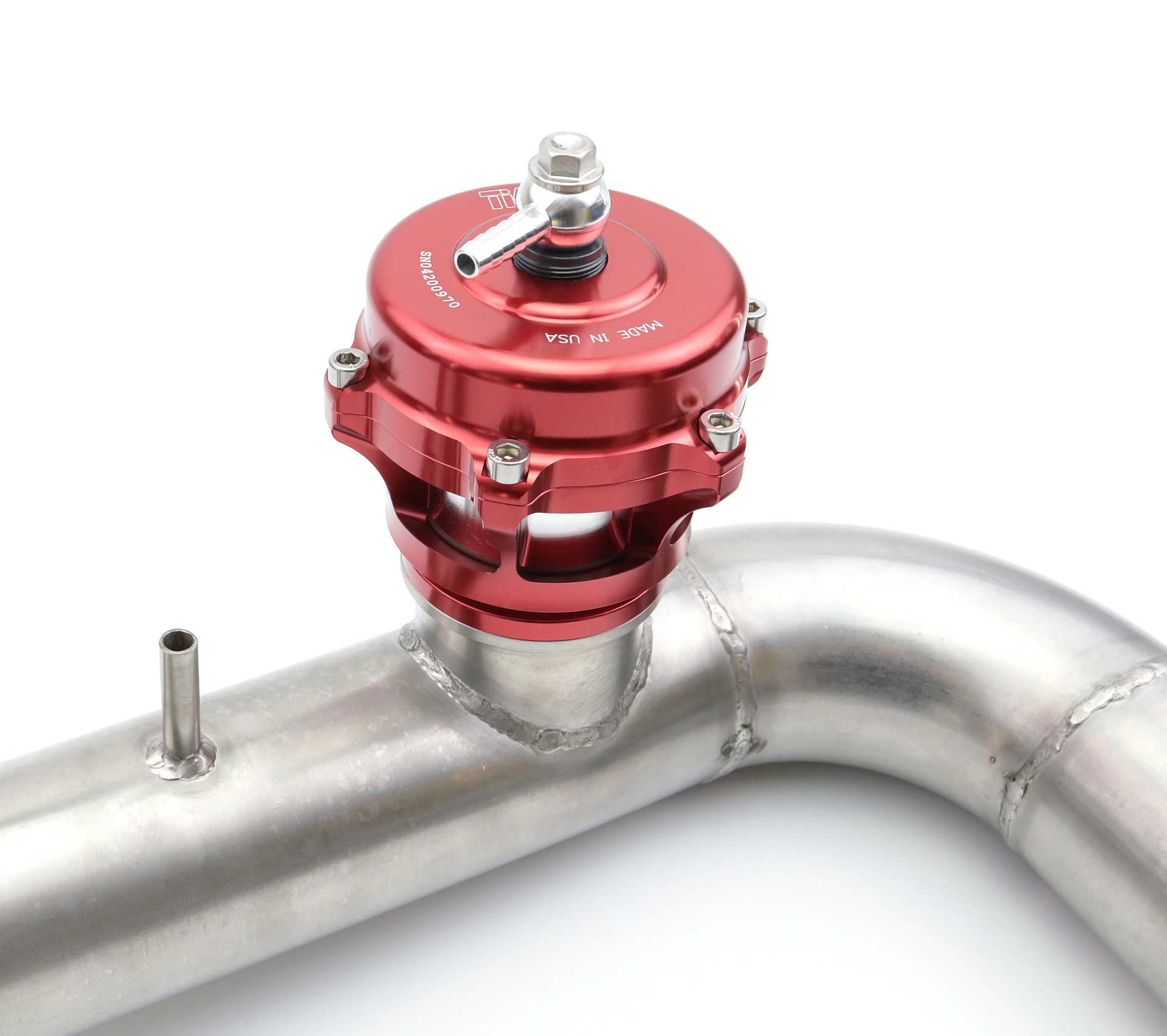
Briefly explained: What is the blow off valve?
In addition to the synonyms already mentioned, the blow off valve is also often referred to as the "hissing thing". This name describes the noise that the component makes when it discharges the excess charge air into the engine compartment. Because that's exactly what it's there for: The valve prevents excessive pressure in the intake tract by releasing the air compressed by the turbocharger. It also ensures that the turbo can continue to rotate and is available without transition charge pressure as soon as you accelerate again.
However, this noise is exclusive to the open blow off valve. Closed systems do not discharge the pressure into the engine compartment, but rather allow the air to circulate: Here it is directed into the intake tract in front of the turbocharger. In racing, turbo engines do not necessarily have a pop off valve installed.
What is the blow off valve used for? - The function of a blow off valve
In a nutshell, the blow off or pop off valve is there to protect the turbocharger from being violently damaged. It is actually only installed in turbo engines and is used to allow excess pressure to escape from the intake tract.
For the fuller explanation, let's look at how the turbocharger works. When accelerating, the turbocharger is driven by your engine's exhaust gases, or more specifically, your turbocharger's exhaust turbine. The exhaust gases are compressed here with the help of the compressor wheel on the other side. As soon as you step off the throttle, the throttle valve closes, at the same time the turbocharger is still driven and continues to supply compressed air. However, because of the closed throttle, this air has nowhere to go and pressure continues to build up.
Tuning fans in particular naturally drive with increased charge pressure, which without a blow-off valve would cause high wear and material fatigue. Because the air, which now cannot escape through the throttle valve, flows back to the turbocharger. Here it slows down the compressor impeller and the turbo can no longer spin out.
That's why the blow off valve opens as soon as you step off the gas and close the throttle. Again, the air flows back towards the turbo, but before it slows the compressor impeller down, it is diverted. This releases the excess pressure, which also creates the familiar noise. So the turbocharger is free to spin out and is protected from excessive wear.
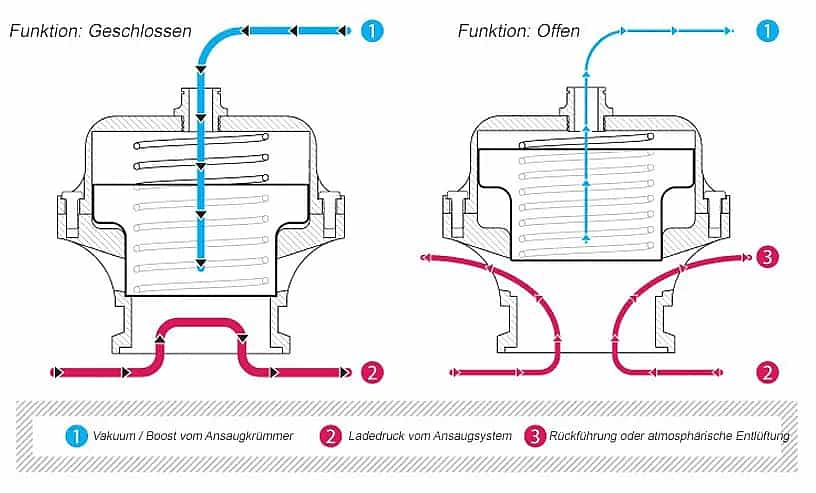
Closed or open system on the blow off valve?
Whether you want to install an open or closed system is a matter of taste, among other things. With closed systems, where the air is returned before the turbocharger, the typical "whoosh" noise is less noticeable than with the open system. The advantage of the closed system is that the idle remains stable here and the engine response is correspondingly good. For those who prefer the open system mainly because of the noise, the advantage is that it can be heard with every gear change and coasting. Here the air simply escapes freely into the engine compartment and it goes "Whoosh". A little tip: With a so-called blow-off splitter you are incredibly flexible, because here you can set everything from completely closed, to thirty percent open to completely closed.
Upgrade blow off valve - these are the most popular engines and models
If you want to prevent power loss, you should upgrade your pop off valve. The increased charge pressure due to the power increase is definitely too much for the stock valves and can therefore cause significant damage to the turbo and also to other engine parts. Especially popular for the blow off valve upgrade are therefore engines and models that are generally very popular with tuners:
- 1.8T
- Golf 5 GTI
- Audi S3
- Golf 6 GTI
- Ford Focus
- Opel Astra
- Audi TT
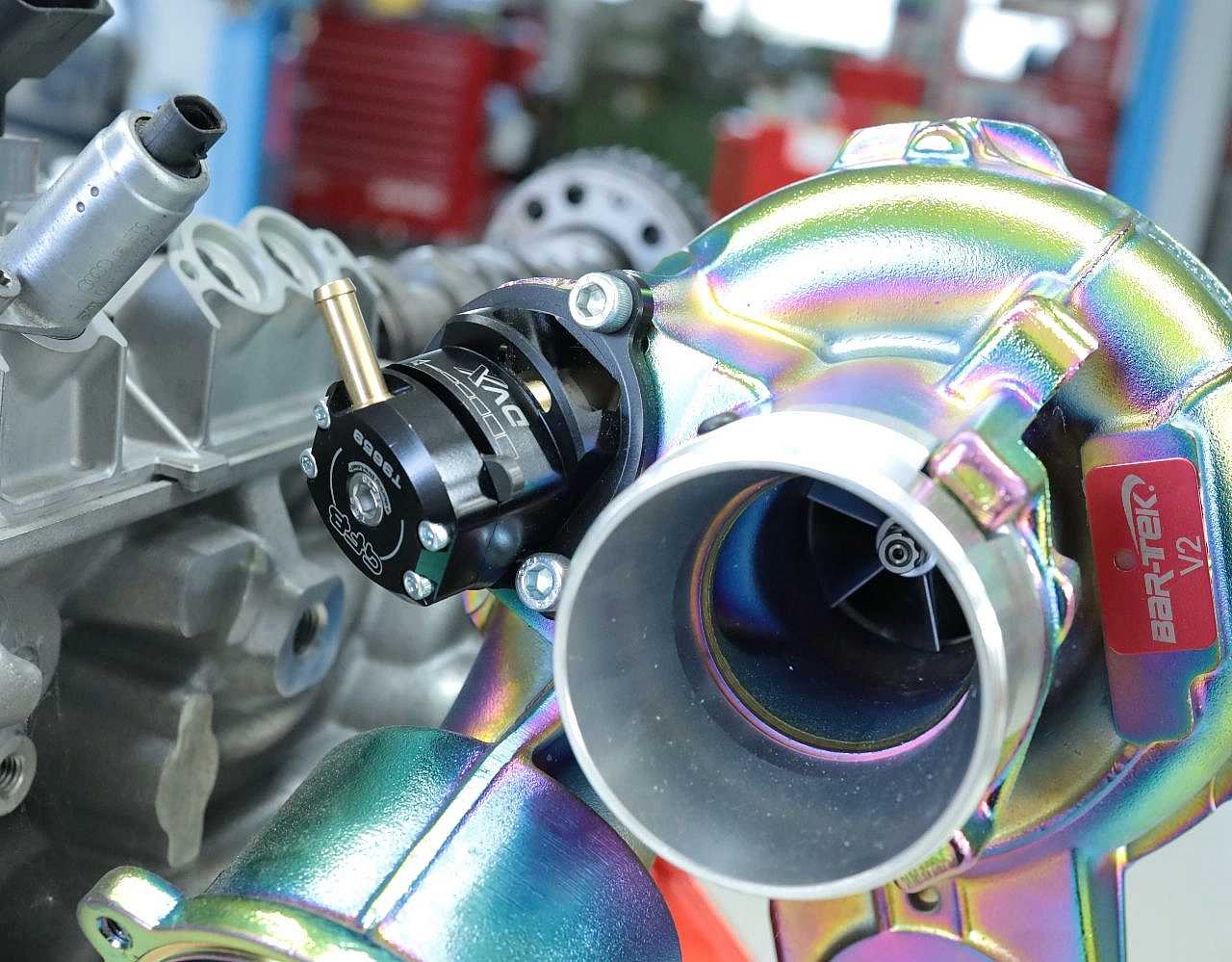
Ready to ship immediately!
Upgrade Pop Off Valve: These are the advantages
With the upgrade of your pop off valve you immediately stop the above described loss of power due to backflowing air and excess pressure. This is because the upgrade keeps the charge pressure constant, which also puts an end to turbo lag. But that's not the only benefit of an upgrade. You also benefit from increased torque and power, simply because the energy is no longer wasted. Installation is usually made easy, and it goes without saying that our upgraded boost bypass valves are also made of higher quality material. Not to mention the feeling that your turbo is not only optimally protected, but also that the power is noticeable again. And last but not least we may emphasize the excellent response behaviour due to the electronic control and of course the sporty sound.
What makes the retrofitted pop off valve different?
Retrofit thrust diverter valves are designed to be tight and able to keep the charge pressure constant, unlike stock parts. In our upgrades, the piston of the valve is sealed by the charge pressure and not the spring. This is because the pressure flows into the valve, above the piston, pushes it down to stop and is sealed here by a rubber ring. Due to the design, the whole thing is sealed airtight and only when the load changes can the air escape from the pressure chamber in the piston again, which raises the piston and the pressure is discharged from the system.
What is there to consider with the pop off valve?
Since the open blow off system causes a rough idle, we always recommend to install a splitter. With this you have the choice: completely closed, partially closed or completely open. With the splitter, things become as flexible as possible.
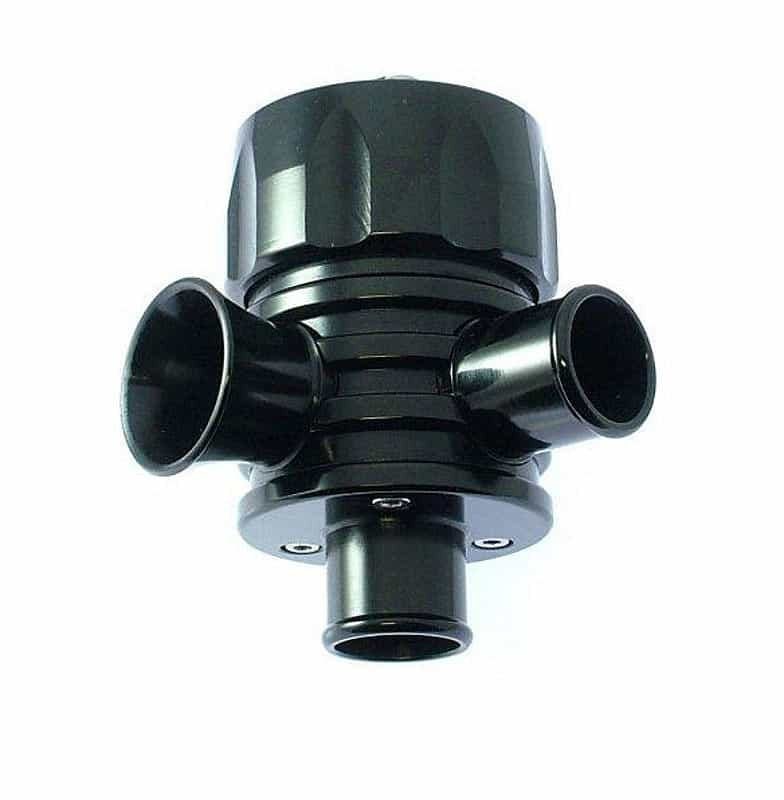
With the springs built into the blow off valve you can regulate how easily the piston moves. With higher charge pressure you must pay attention to accordingly hard springs. If you take a valve that can also be installed in the so-called pull mode (in this case the valve is turned around and the mechanism works the other way round), you install a correspondingly softer spring. This is recommended for extremely high charge pressure. However, the whole thing then works slower.
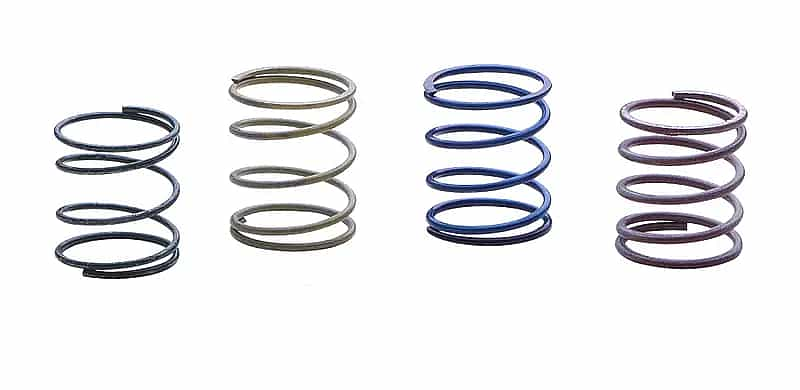
Ready to ship immediately!
How do you install a blow off valve?
With a bit of planning and a few tools, you can install your blow off valve yourself. If you don't have the confidence to do it yourself, it is of course advisable to have the installation done by a professional. The installation is quite quick, allow a few minutes for it.
- Make sure that the other parts remain accessible at all times.
- As you can imagine, you install the valve between the throttle valve and the turbocharger.
- Before you start, oil the pressure chamber and move the piston up and down on the exhaust side so that everything is nicely lubricated and runs cleanly. (You can also get pre-greased valves in our shop)
- Now you can install the valve in the pipe (think about the connecting parts beforehand, if you need any)
- If you did not install a valve before, you should install it now via a vacuum connection from the throttle body. If you replace the stock part with a upgrade, use the existing vacuum line.
- With the system open, you now close the recirculation, for example with an aluminium cover.
What you need to know about the approval
Closed pop off valve systems, which return the excess charge pressure to the system, are not a problem and are permitted on the road. Open systems are a different story. They direct the air into the atmosphere, creating that familiar sound. These are not allowed on the road and cannot be allowed. That is why they are mainly used in motorsports.
Conclusion
The pop off valve can do a lot more than just sound turbo-like. If you are into tuning and drive accordingly high boost pressures, you should also upgrade your pop off valve. Make sure you know beforehand whether you prefer an open or closed system. If you need support or advice, our chat is always available and the most frequently asked questions can be found in our FAQ.

